Home>Interior Design>Small Bedroom Layout Rules: Steps To A Space That Works
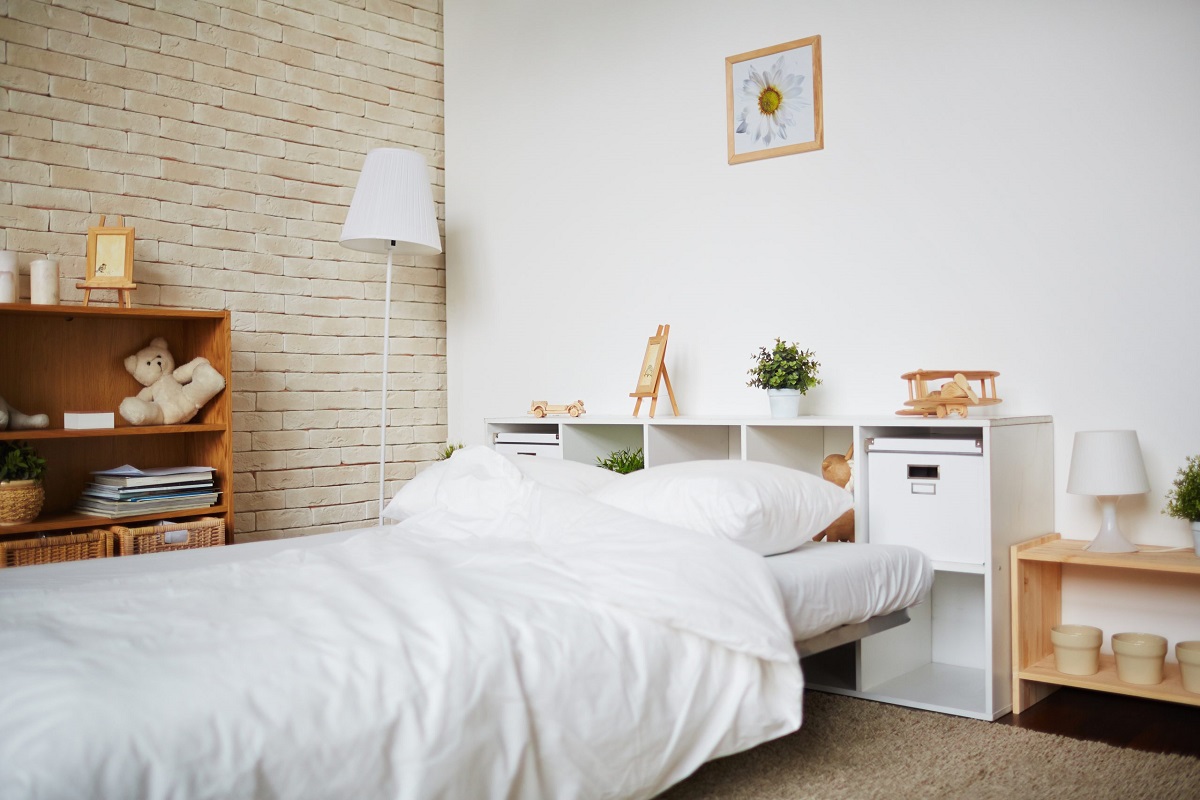

Interior Design
Small Bedroom Layout Rules: Steps To A Space That Works
Modified: January 7, 2024
Create a functional small bedroom with these interior design rules. Learn the steps to optimize your space and achieve a layout that works.
(Many of the links in this article redirect to a specific reviewed product. Your purchase of these products through affiliate links helps to generate commission for Storables.com, at no extra cost. Learn more)
Introduction
Welcome to our guide on small bedroom layout rules to create a functional and visually appealing space. Designing a small bedroom can be challenging, but with the right strategies, you can maximize space and create a room that not only works well but also feels comfortable and inviting.
When it comes to small bedrooms, every square inch counts. It’s crucial to consider the layout, furniture placement, and storage solutions to make the most of the available space. By following these small bedroom layout rules, you can transform even the tiniest bedroom into a stylish and functional oasis.
Let’s dive in and explore the key steps to designing a small bedroom that works:
Key Takeaways:
- Maximize space and functionality in small bedrooms by choosing the right bed, utilizing vertical space, and incorporating multi-functional furniture. Embrace creativity and organization to create a cozy oasis that reflects your personal style.
- Optimize natural light, use mirrors strategically, and keep the room clutter-free to visually expand and organize small bedrooms. Embrace light and neutral colors to create an inviting and spacious atmosphere.
Choose the Right Bed
When it comes to small bedroom layouts, choosing the right bed is crucial. The bed is usually the centerpiece of a bedroom and takes up a significant amount of space. Here are some tips to consider when selecting a bed for a small bedroom:
- Size: Opt for a bed that fits the size of your room. If you have a small bedroom, a twin or full-sized bed might be the best option. While a larger bed might be tempting, it can overwhelm the space and make it feel cramped.
- Storage: Look for beds that have built-in storage options, such as drawers underneath or shelves in the headboard. These can be a game-changer in small bedrooms, providing extra space to store clothes, bedding, and other items.
- Height: Consider the height of the bed frame. Opting for a bed with legs or a platform style can visually open up the room and make it feel more spacious compared to a bulky, floor-hugging bed.
- Style: Choose a bed frame that complements the overall aesthetic of your bedroom. Opting for a lighter-colored frame or a bed with a visually open design can create a sense of airiness in the room.
Remember, the goal is to select a bed that provides comfort while maximizing space and contributing to the overall design of your small bedroom.
Consider Storage Solutions
In a small bedroom, storage is key. Without proper storage solutions, your bedroom can quickly become cluttered and disorganized. Here are some storage ideas to help you make the most of your space:
- Utilize under-bed storage: Invest in storage containers that can fit underneath your bed. These containers can be used to store out-of-season clothing, bedding, or other items that you don’t need immediate access to.
- Opt for a wardrobe with sliding doors: Traditional wardrobes with swinging doors can take up a significant amount of space when opened. Consider a wardrobe with sliding doors to save space and make accessing your clothes more convenient.
- Maximize vertical storage: Use tall bookshelves or wall-mounted shelves to take advantage of the vertical space in your bedroom. This will free up valuable floor space and provide a place to display books, decorative items, or personal belongings.
- Get creative with storage: Think outside the box and look for unconventional storage solutions. For example, hanging fabric pockets or shoe organizers on the back of doors can create additional storage for small items like accessories or shoes.
- Use storage ottomans or benches: Furniture pieces like ottomans or benches with built-in storage can serve dual purposes. They provide a place to sit while also offering hidden storage space for blankets, pillows, or other items.
By incorporating these storage solutions, you can keep your small bedroom organized and free of clutter, creating a more functional and peaceful space.
Utilize Vertical Space
In a small bedroom, it’s essential to make the most of every inch of available space. One effective way to do this is by utilizing vertical space. By incorporating vertical elements into your bedroom design, you can maximize storage and create the illusion of a larger space. Here are some tips for utilizing vertical space:
- Wall-mounted shelves: Install wall-mounted shelves to provide storage for books, decorations, and personal items. This not only frees up valuable floor space but also draws the eyes upward, making the room appear more spacious.
- Floor-to-ceiling curtains: Hang curtains from ceiling height to create the illusion of taller walls and higher ceilings. This simple trick can make a small bedroom feel more open and airy.
- Vertical storage units: Consider investing in tall, narrow storage units such as bookcases or wardrobes. These can provide ample storage without taking up too much floor space.
- Hanging organizers: Utilize hanging organizers for clothing, shoes, or accessories. This not only saves space in your closets but also allows you to take advantage of vertical space on the back of doors or walls.
- Use wall space for décor: Hang artwork or decorative mirrors on the walls to add visual interest and create the illusion of a larger space. This also helps draw the eyes upward and away from the limited floor space.
Remember, the key is to think vertically and capitalize on the often-underutilized wall space in your small bedroom. Doing so will provide you with additional storage options and make your room feel more open and spacious.
Create a Functional Furniture Arrangement
The layout of furniture in a small bedroom can greatly impact the functionality and flow of the space. To optimize your small bedroom layout, consider the following tips:
- Keep it minimal: Avoid overcrowding the room with too much furniture. Stick to the essentials and choose pieces that serve multiple functions.
- Consider a bed with built-in storage: As mentioned earlier, a bed with storage drawers or shelves can help you maximize space and reduce clutter.
- Place the bed against the wall: By positioning the bed against a wall, you free up valuable floor space in the center of the room, allowing for easier maneuverability.
- Leave space around furniture: Avoid placing furniture pieces too close together. Leave enough space around each item for easy movement.
- Choose compact furniture: Opt for furniture pieces that are proportionate to the size of your room. Look for items with a smaller footprint, such as slim dressers or narrow nightstands.
- Use multifunctional furniture: Consider using furniture that serves multiple purposes, such as a desk that doubles as a vanity or a sofa bed for additional seating and sleeping options.
- Create designated zones: If your small bedroom needs to serve multiple purposes (e.g., sleeping area and workspace), create distinct zones using rugs or dividers. This helps visually separate the different areas and adds organization to the room.
By carefully planning and arranging your furniture, you can optimize the functionality of your small bedroom and create a more comfortable and efficient space.
Maximize Natural Light
When it comes to small bedroom layouts, natural light is your best friend. It can make the room feel more spacious, airy, and inviting. Here are some tips to help you maximize the natural light in your small bedroom:
- Keep the windows clear: Avoid placing furniture or bulky curtains in front of windows that obstruct the flow of natural light. Instead, opt for sheer curtains or blinds that allow sunlight to filter through.
- Use light-colored window treatments: Choose window treatments in light colors to reflect natural light and make the room feel brighter. Avoid heavy or dark-colored curtains that absorb light and make the space appear smaller.
- Keep the windows unobstructed: Ensure that there are no objects or obstacles, such as furniture or decor, blocking the path of light from the windows. This allows for maximum light penetration into the room.
- Opt for reflective surfaces: Use mirrors or reflective surfaces strategically to bounce natural light around the room. Place a mirror opposite a window to amplify light and create the illusion of a larger space.
- Choose light-colored walls: Paint the walls in light, neutral colors to help enhance the natural light in the room. Light shades reflect light better than darker colors, making the space appear brighter and more open.
- Consider skylights or light tubes: If possible, install skylights or light tubes to bring in additional natural light. These can be especially beneficial if your bedroom lacks windows or has limited natural light sources.
By embracing natural light, you can transform your small bedroom into a bright and welcoming retreat. Take advantage of every opportunity to usher in sunlight, and watch as your space opens up with warmth and radiance.
When arranging furniture in a small bedroom, prioritize function over aesthetics. Choose multi-functional pieces, utilize vertical space, and keep the layout open and uncluttered to create a sense of spaciousness.
Use Mirrors to Create the Illusion of Space
In a small bedroom, mirrors can be your secret weapon to visually expand the space and create a sense of openness. Here’s how you can use mirrors effectively:
- Strategically place mirrors: Position mirrors opposite windows or any other light source to reflect natural or artificial light throughout the room. This will make the space feel brighter and more spacious.
- Choose a large mirror: Opt for a sizable mirror that can make a significant impact in the room. A full-length mirror or a large decorative mirror can visually double the space by creating the illusion of depth.
- Place mirrors on wardrobe doors: If you have wardrobes with hinged doors, consider replacing one or more of them with mirrored doors. This will not only give you a functional full-length mirror but also make the room feel larger.
- Use mirror tiles: To add a touch of creativity, consider using mirror tiles to create an accent wall. This can be particularly effective in smaller rooms where a large mirror may be impractical.
- Experiment with mirrored furniture: Incorporate mirrored furniture pieces like nightstands, dressers, or coffee tables to add style and reflect light around the room. These pieces can also create the perception of more space.
- Combine mirrors with framed artwork: Hang mirrors alongside framed artwork to create a unique and visually appealing wall display. The combination of mirrors and artwork can add depth and interest to a small bedroom.
By strategically placing mirrors and using them as part of your bedroom decor, you can maximize the perception of space and create a brighter, more open atmosphere in your small bedroom.
Opt for Light and Neutral Colors
When it comes to small bedroom layouts, the choice of colors can have a significant impact on the overall feel of the space. Light and neutral colors are ideal for small bedrooms as they create an illusion of openness and airiness. Here’s how you can incorporate light and neutral colors effectively:
- Paint the walls: Choose light shades of paint for the walls, such as soft whites, pastels, or light grays. These colors reflect natural and artificial light, making the room feel more spacious.
- Keep the ceiling light: Paint the ceiling in a lighter shade than the walls to create a sense of height and openness. This will visually lift the ceiling, making the room appear larger.
- Balance with pops of color: While light and neutral colors should dominate the room, you can add pops of color through accessories like pillows, rugs, or artwork. This adds interest without overwhelming the space.
- Choose light-colored bedding: Opt for bedding in light colors or soft neutrals to maintain a cohesive and airy feel. Crisp white bedding, in particular, can give the room a fresh and clean look.
- Consider light-colored flooring: If you have the option to choose flooring, go for light-colored options like light wood, light-colored carpet, or light-colored tiles. This will help reflect light and make the room feel more open.
- Use textures and patterns: Adding textures and subtle patterns can prevent a light and neutral color palette from feeling flat. Incorporate textured fabrics, patterned curtains, or textured wallpapers to add depth and visual interest.
- Play with different shades: While sticking with light and neutral colors, don’t be afraid to experiment with different shades and tones. Mixing different shades of whites, beiges, or grays can add dimension and create a sophisticated look.
By choosing light and neutral colors as the foundation of your small bedroom design, you can create an inviting and spacious atmosphere that feels harmonious and calm.
Keep the Room Clutter-Free
In a small bedroom, keeping the space clutter-free is essential to maintain a sense of openness and organization. Here are some tips to help you keep your small bedroom tidy:
- Maximize storage: Utilize storage solutions like drawers, shelves, and baskets to keep belongings organized and out of sight. Having designated spaces for items helps minimize clutter on surfaces and maintain a clean appearance.
- Develop organizational systems: Establish a system for organizing your clothes, accessories, and personal items. Whether it’s using dividers in drawers or implementing a capsule wardrobe, finding a system that works for you will keep things tidy and prevent clutter from accumulating.
- Implement a regular cleaning routine: Consistently dust, vacuum, and tidy up your small bedroom to prevent clutter from building up. Dedicate a few minutes each day to maintain a clean and organized space.
- Limit decorative items: While adding personal touches is important, be mindful not to overdo it with decorative items. Too many decorations can make the room feel cramped and cluttered. Select a few meaningful pieces and display them strategically to create a cohesive and visually pleasing space.
- Create a designated workspace: If you need a workspace in your small bedroom, ensure that it remains tidy and organized. Use desk organizers, cable management solutions, and minimal office supplies to maintain a clutter-free area for work.
- Keep surfaces clear: Avoid cluttering surfaces like dressers, nightstands, or desks with unnecessary items. Keeping these surfaces clear not only creates a cleaner appearance but also visually expands the space.
- Purge regularly: Regularly go through your belongings and declutter. Donate or sell items that you no longer need or use. This will not only free up space but also create a more peaceful and organized environment.
By developing good organization habits and consciously keeping your small bedroom clutter-free, you can create a visually pleasing and serene space that feels larger and more inviting.
Incorporate Multi-Functional Furniture
When designing a small bedroom, it’s important to maximize the functionality of your furniture. One effective way to do this is by incorporating multi-functional pieces that serve multiple purposes. Here are some ideas for incorporating multi-functional furniture:
- Sleeper sofa: If your bedroom also serves as a living or guest room, consider a sleeper sofa. During the day, it provides seating, and at night, it can be easily transformed into a comfortable bed for guests.
- Folding desks or wall-mounted desks: A folding desk or wall-mounted desk is perfect for small bedrooms that double as home offices. These space-saving solutions can be folded up and tucked away when not in use, creating more floor space.
- Ottomans with storage: Choose ottomans with hidden storage compartments to provide extra seating as well as a place to stow away blankets, pillows, or other items.
- Bed with built-in desk or storage: Consider a loft bed or a bed with built-in storage cabinets or a desk underneath. These designs free up valuable floor space and provide functional storage or workspace solutions.
- Room dividers with storage: Use room dividers that also offer storage options. These dividers can separate different areas of your bedroom while providing extra space to store books, magazines, or other items.
- Storage benches: Look for benches that have built-in storage compartments. These can serve as seating as well as provide storage for shoes, blankets, or other items.
- Convertible furniture: Invest in convertible furniture pieces like a coffee table that can be raised to dining table height, or a console table that can be transformed into a desk. These options optimize space and adapt to different needs.
By incorporating multi-functional furniture, you can make the most of your small bedroom layout. These versatile pieces allow you to maximize space and ensure that every item in your room serves a purpose.
Conclusion
Designing a small bedroom can be a challenge, but with the right strategies, you can create a space that is functional, stylish, and visually appealing. By following the small bedroom layout rules outlined in this article, you can optimize your space and transform it into a cozy oasis.
Choosing the right bed, considering storage solutions, utilizing vertical space, creating a functional furniture arrangement, maximizing natural light, using mirrors, opting for light and neutral colors, keeping the room clutter-free, and incorporating multi-functional furniture are all key factors in designing a small bedroom that works.
Remember to embrace creativity and organization when designing your small bedroom. Think outside the box and find innovative solutions to make the most of the available space. By incorporating these tips, you can create a room that feels spacious, organized, and visually appealing.
Whether you’re dealing with limited square footage in an apartment or simply want to make the most of a small bedroom in your home, these small bedroom layout rules will help you achieve a space that meets your needs and reflects your personal style.
So, go ahead and start planning your small bedroom makeover using these guidelines. With careful consideration of layout, storage solutions, colors, and furniture choices, you can transform your small bedroom into a functional, beautiful retreat that you’ll love spending time in.
Frequently Asked Questions about Small Bedroom Layout Rules: Steps To A Space That Works
Was this page helpful?
At Storables.com, we guarantee accurate and reliable information. Our content, validated by Expert Board Contributors, is crafted following stringent Editorial Policies. We're committed to providing you with well-researched, expert-backed insights for all your informational needs.
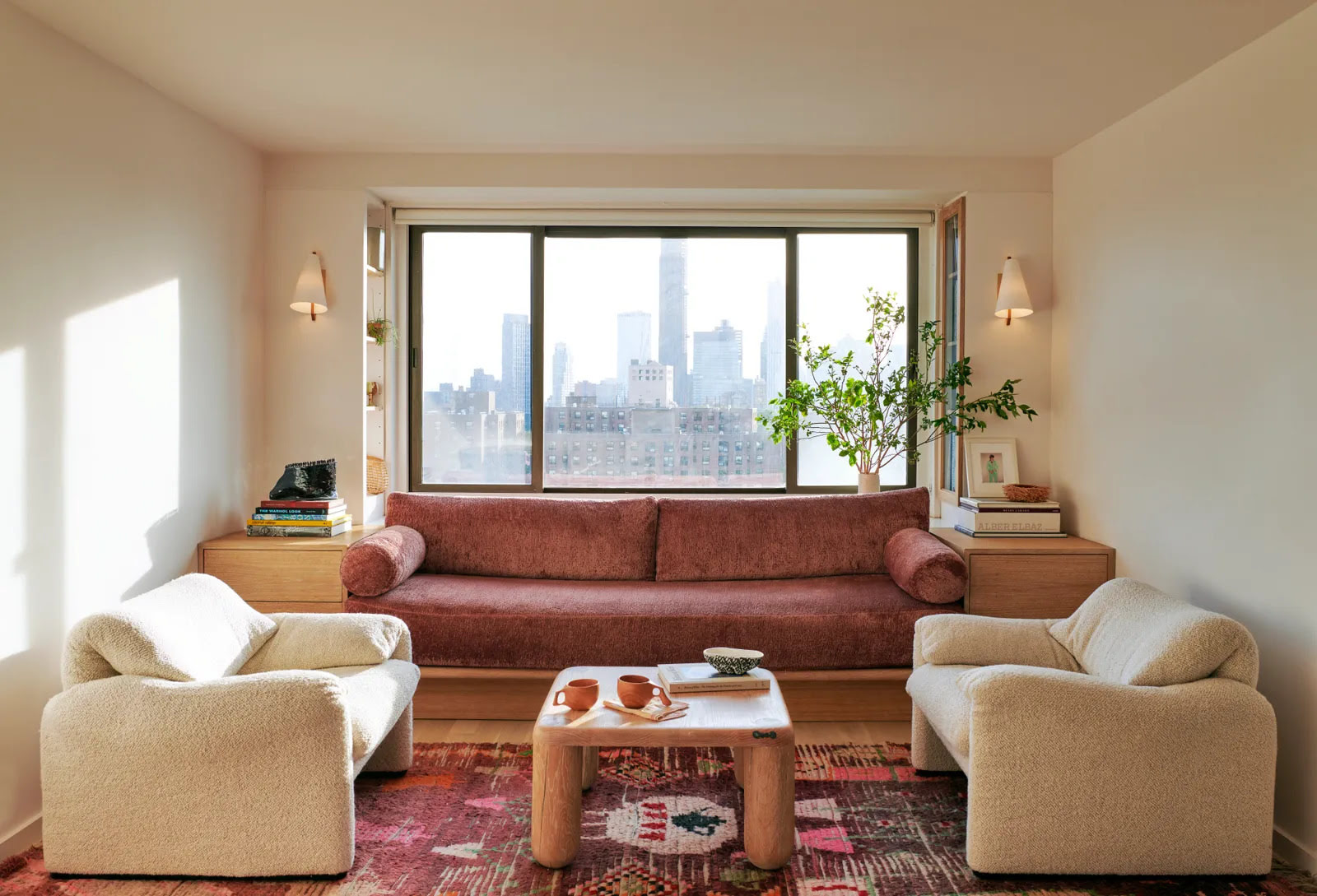
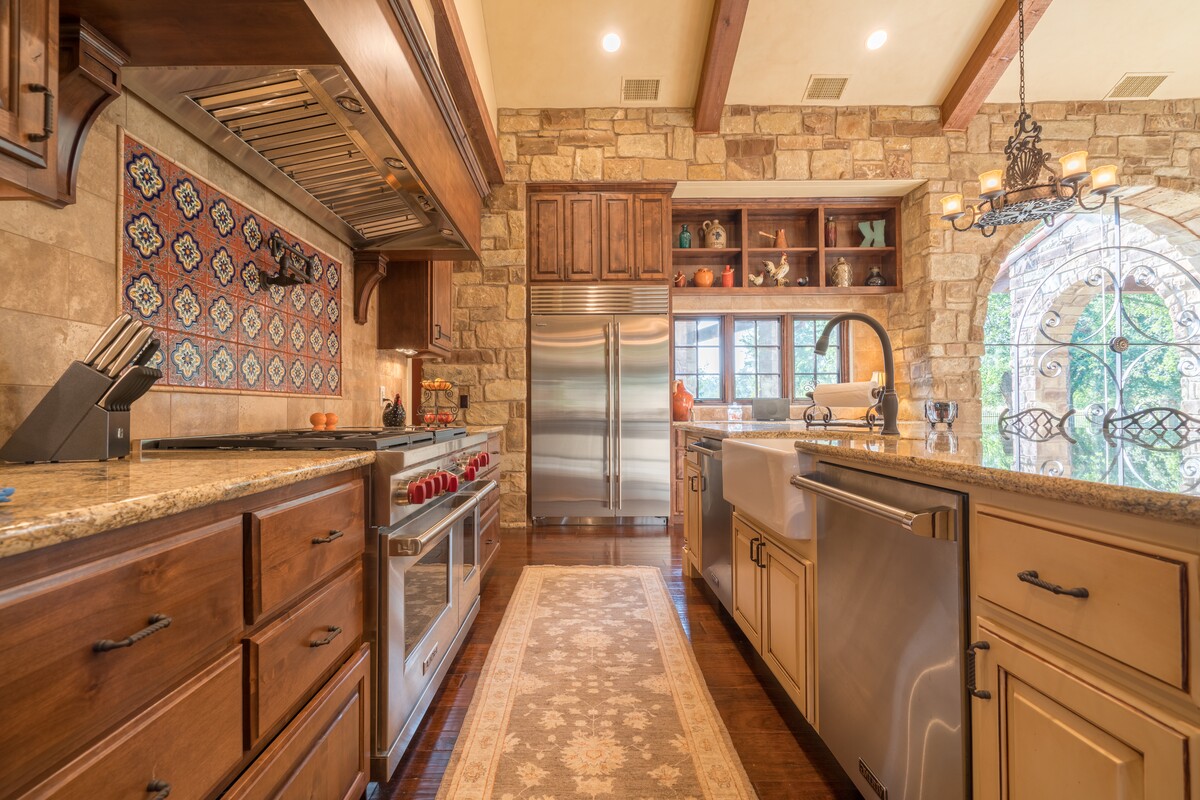
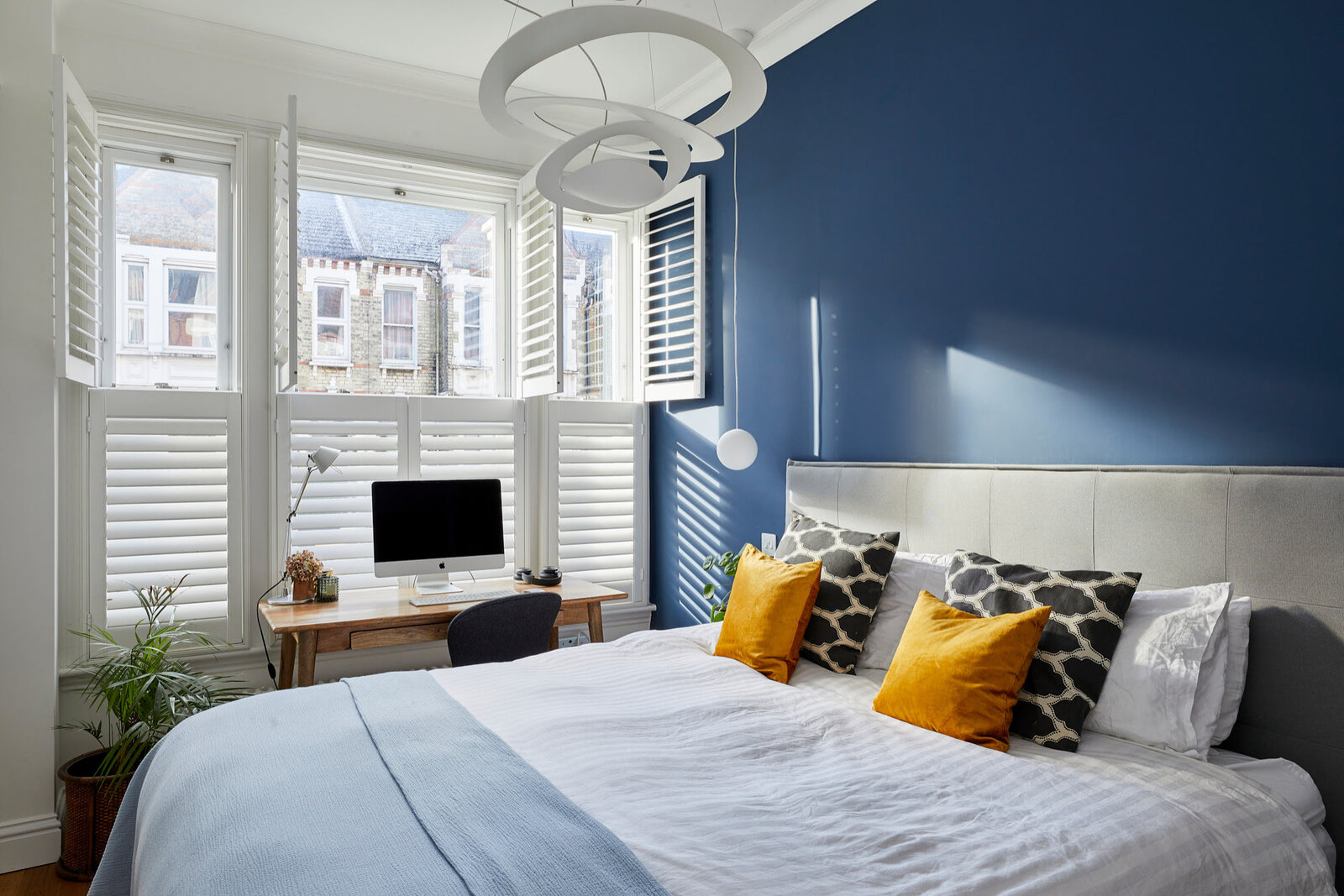
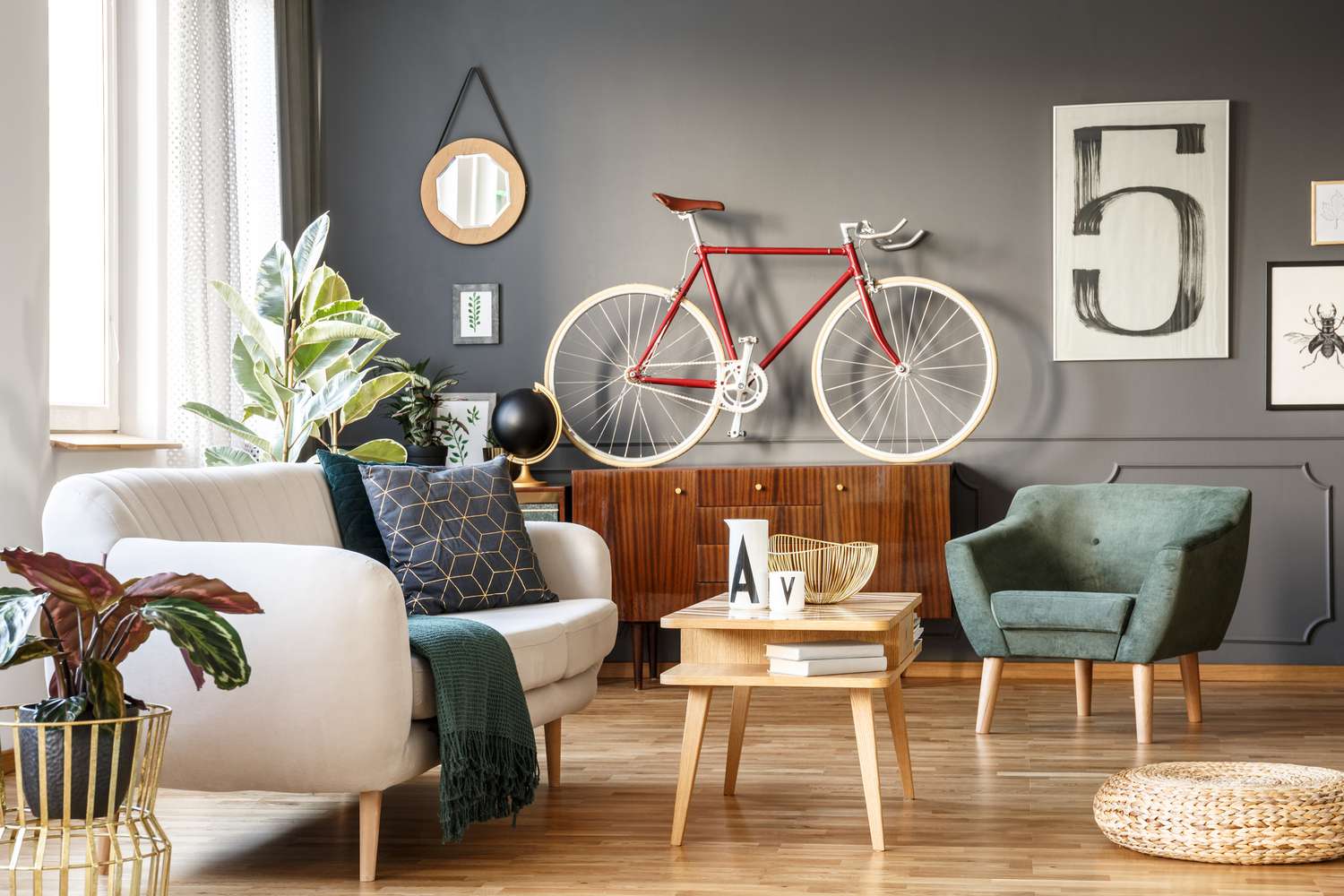
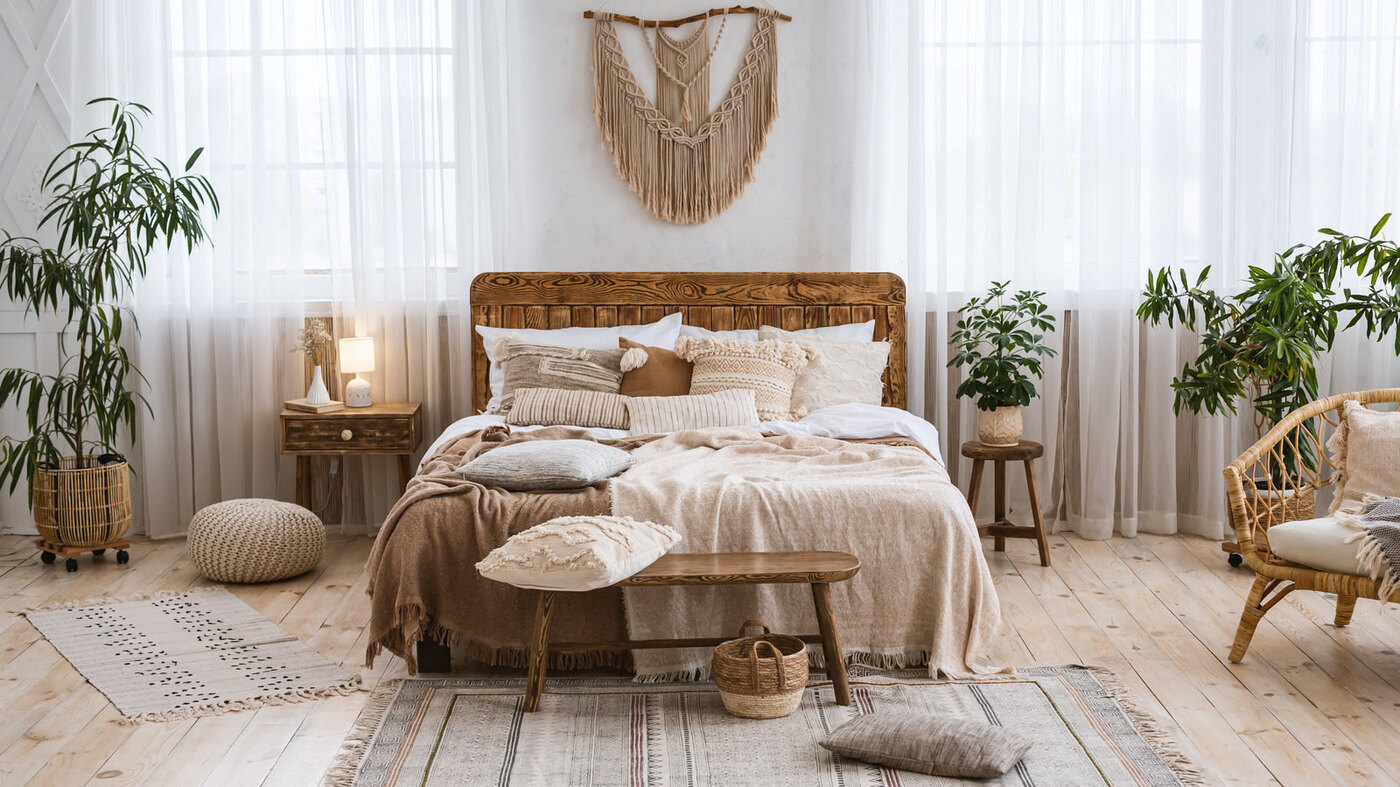
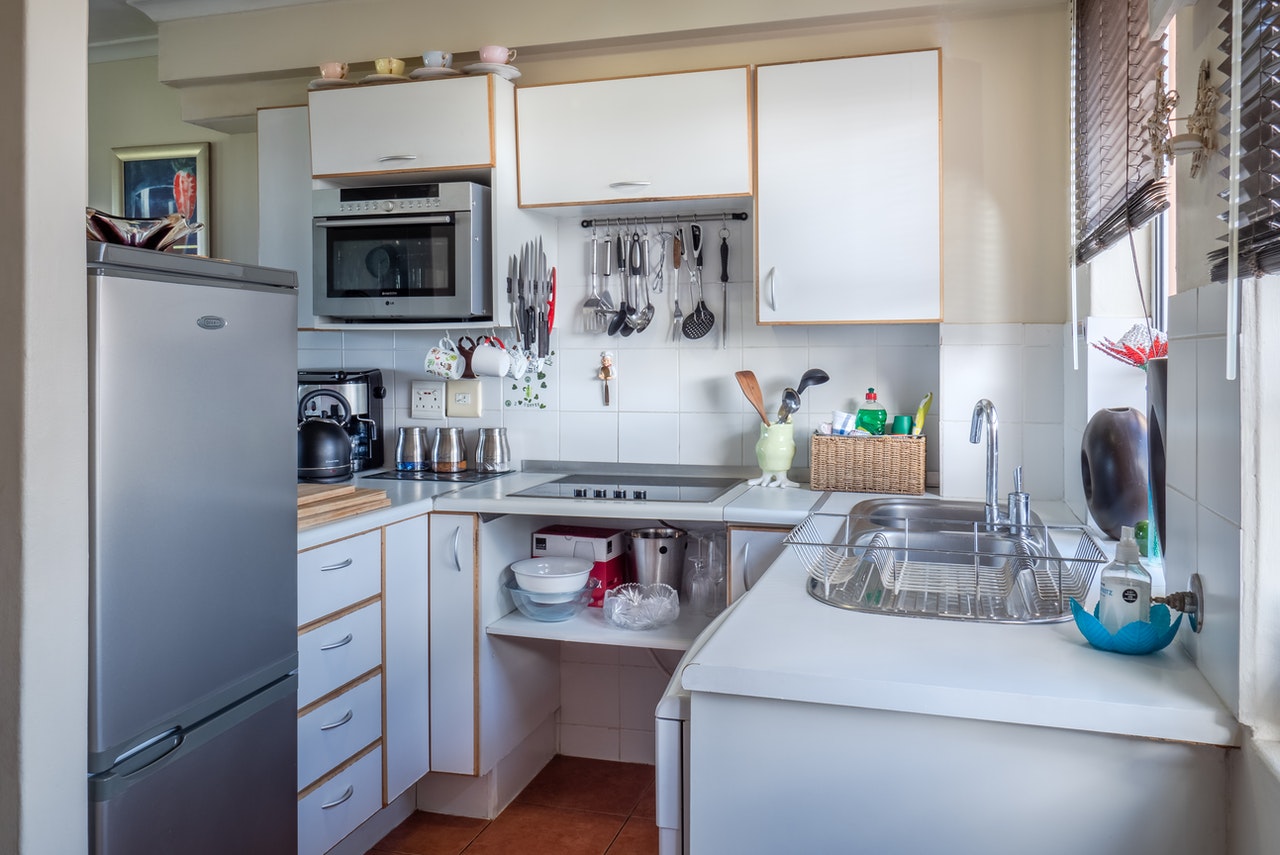
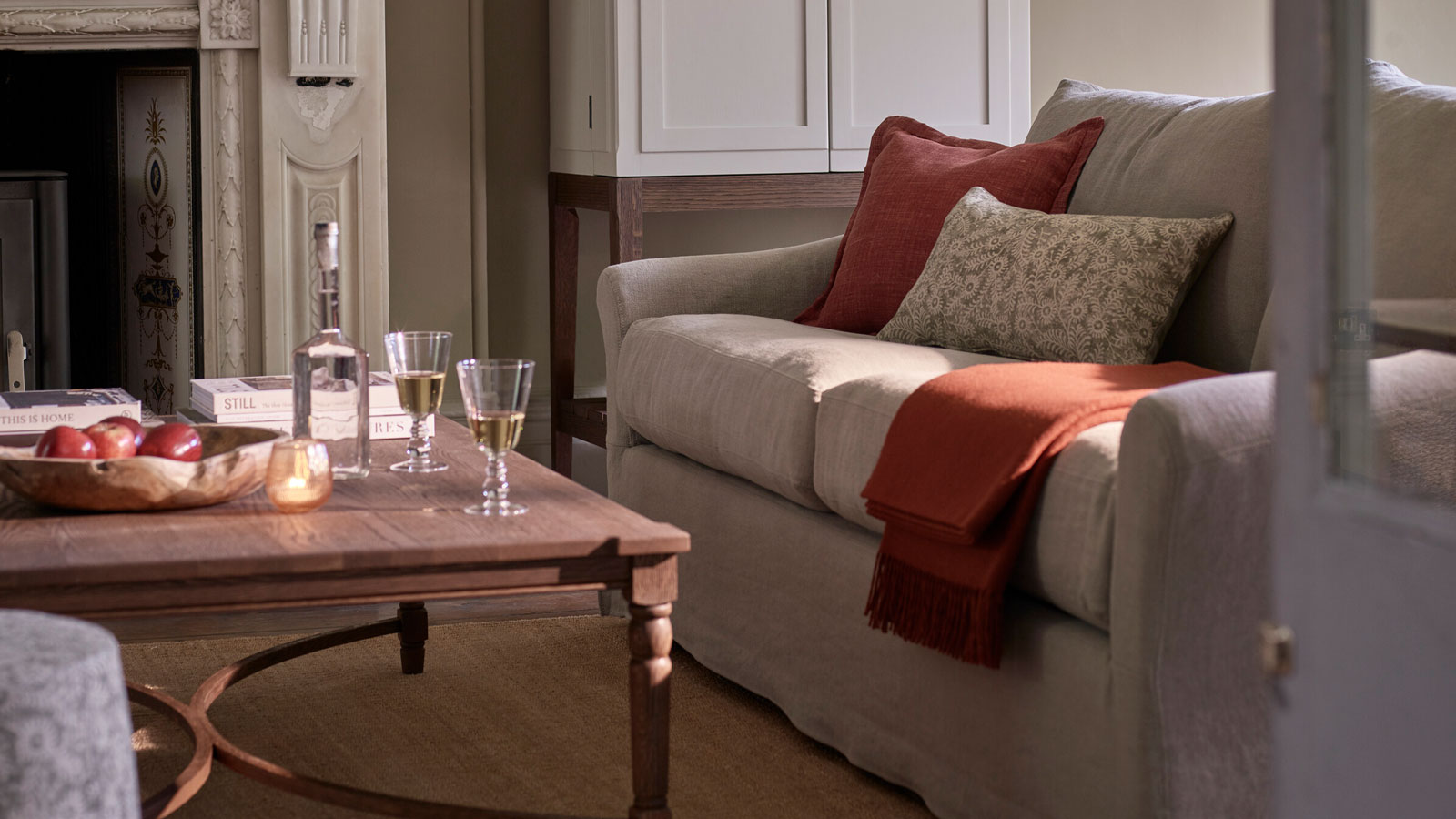
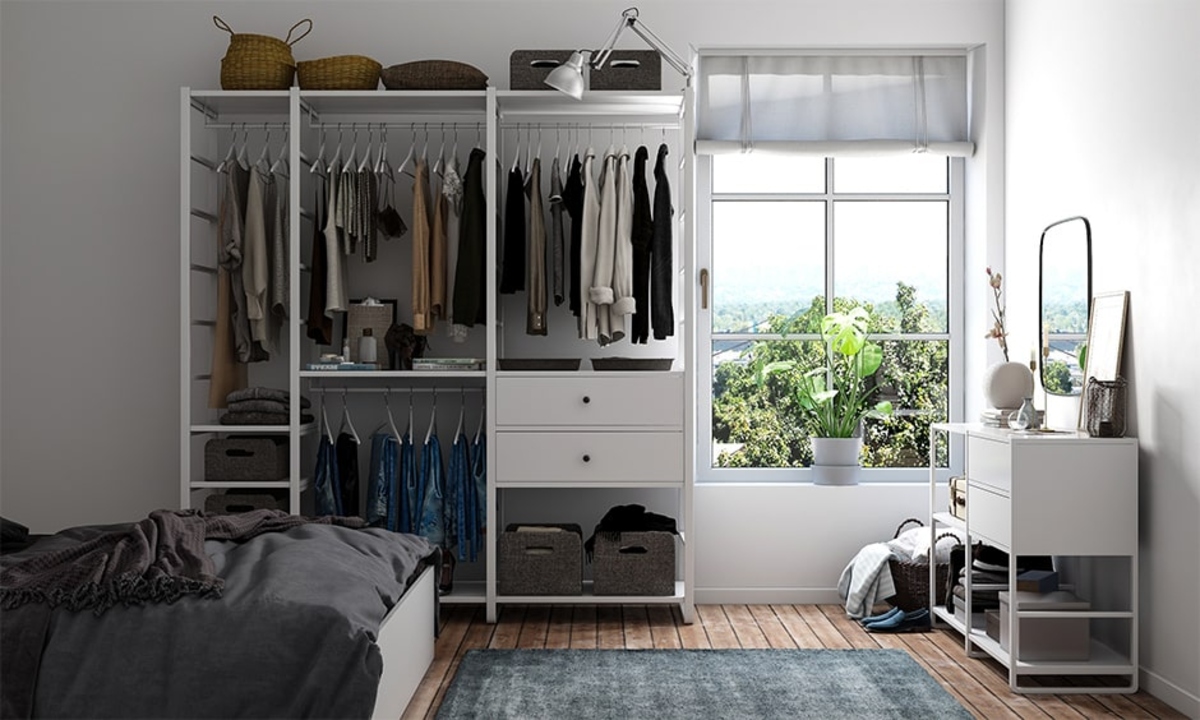
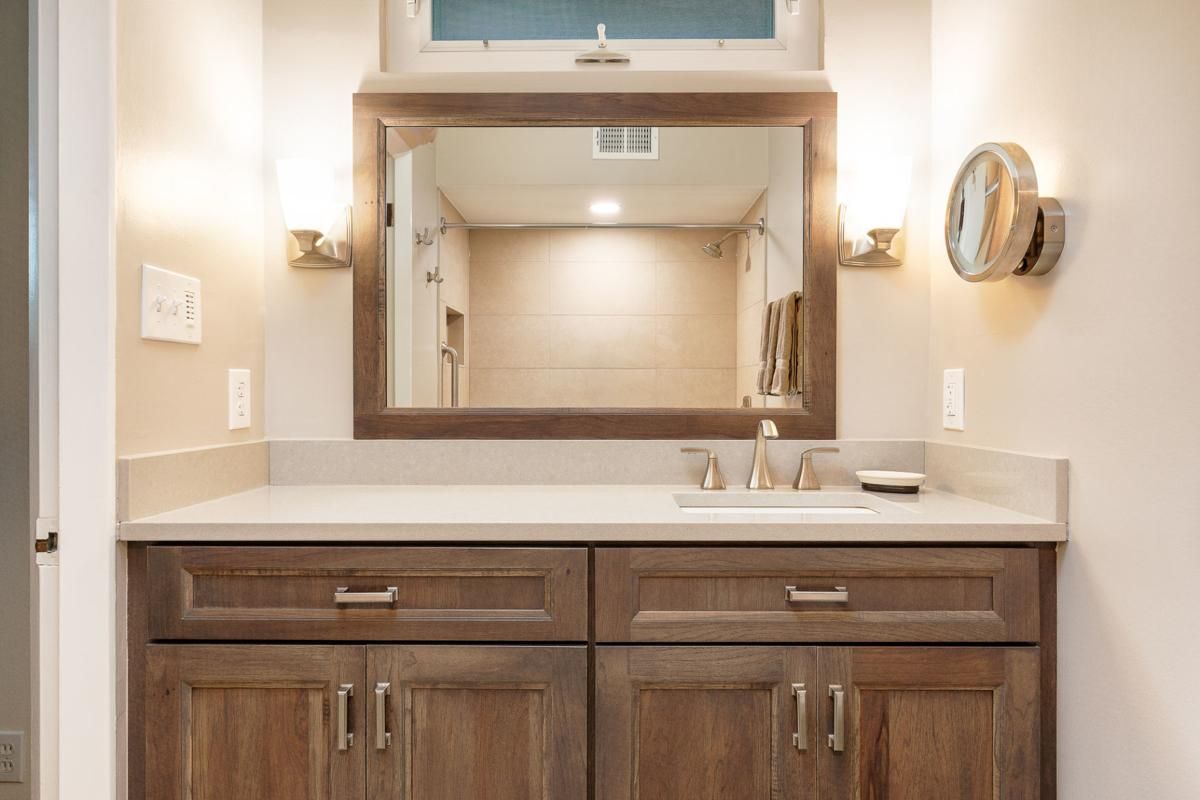

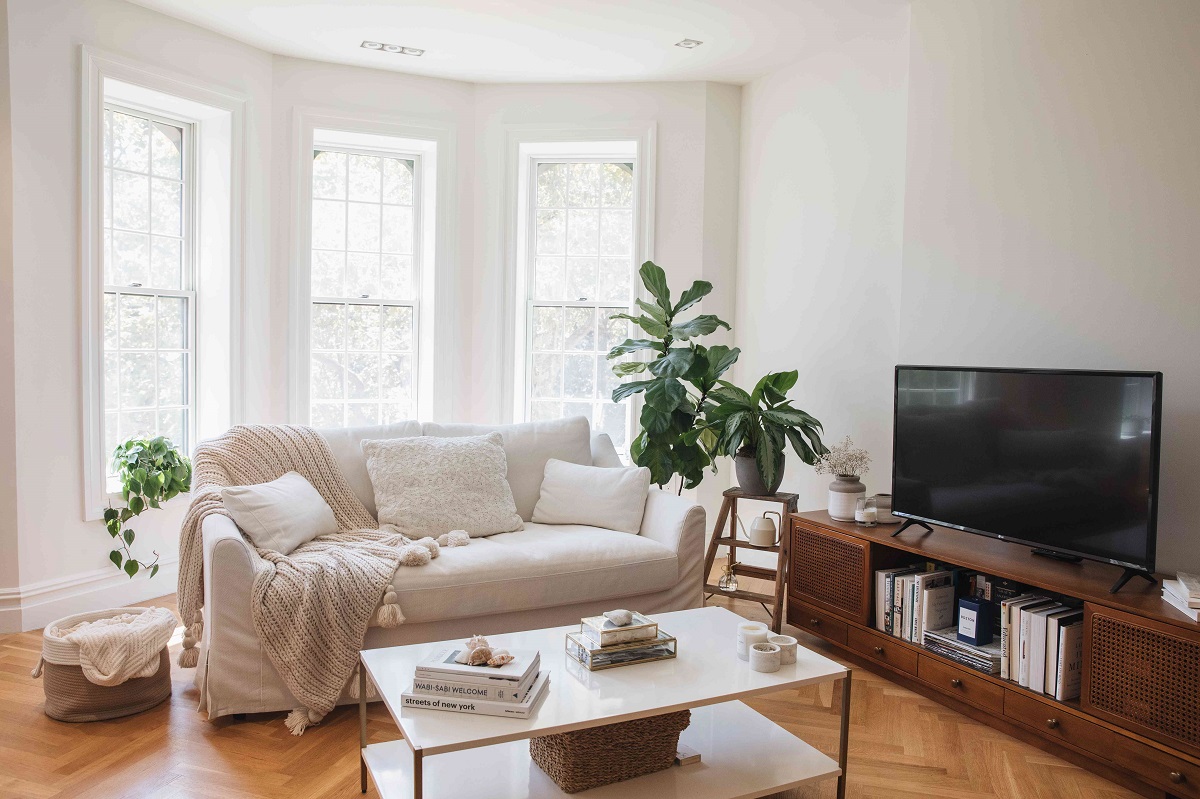
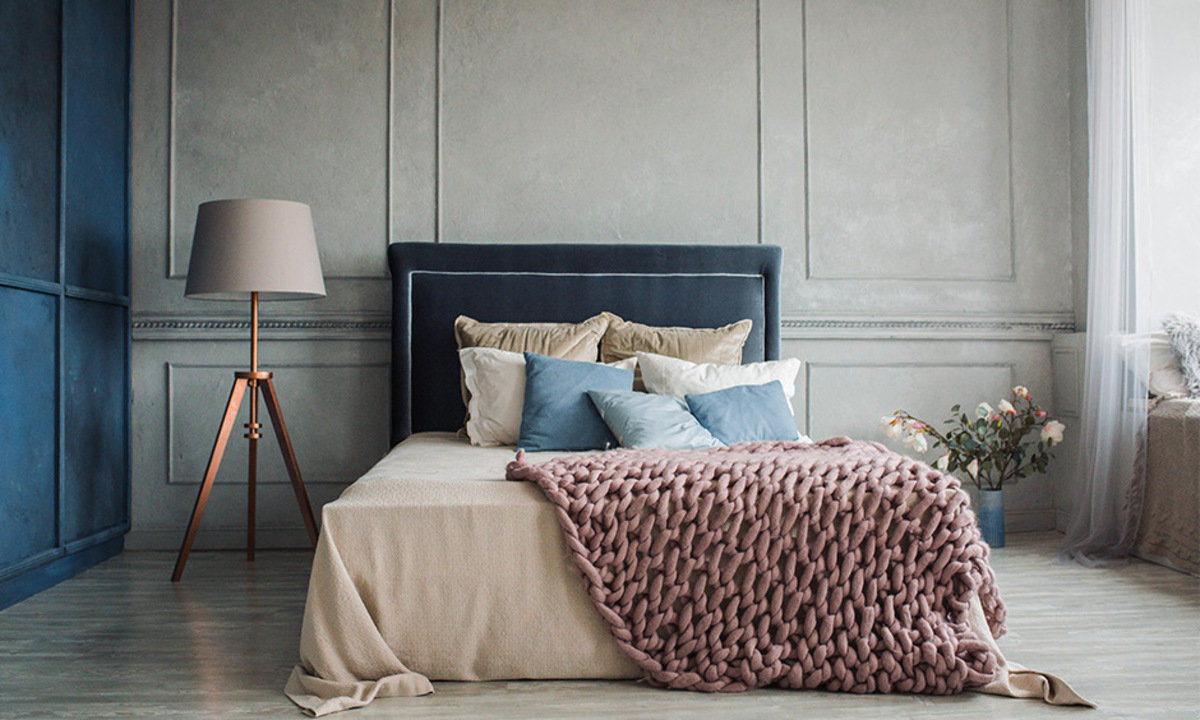
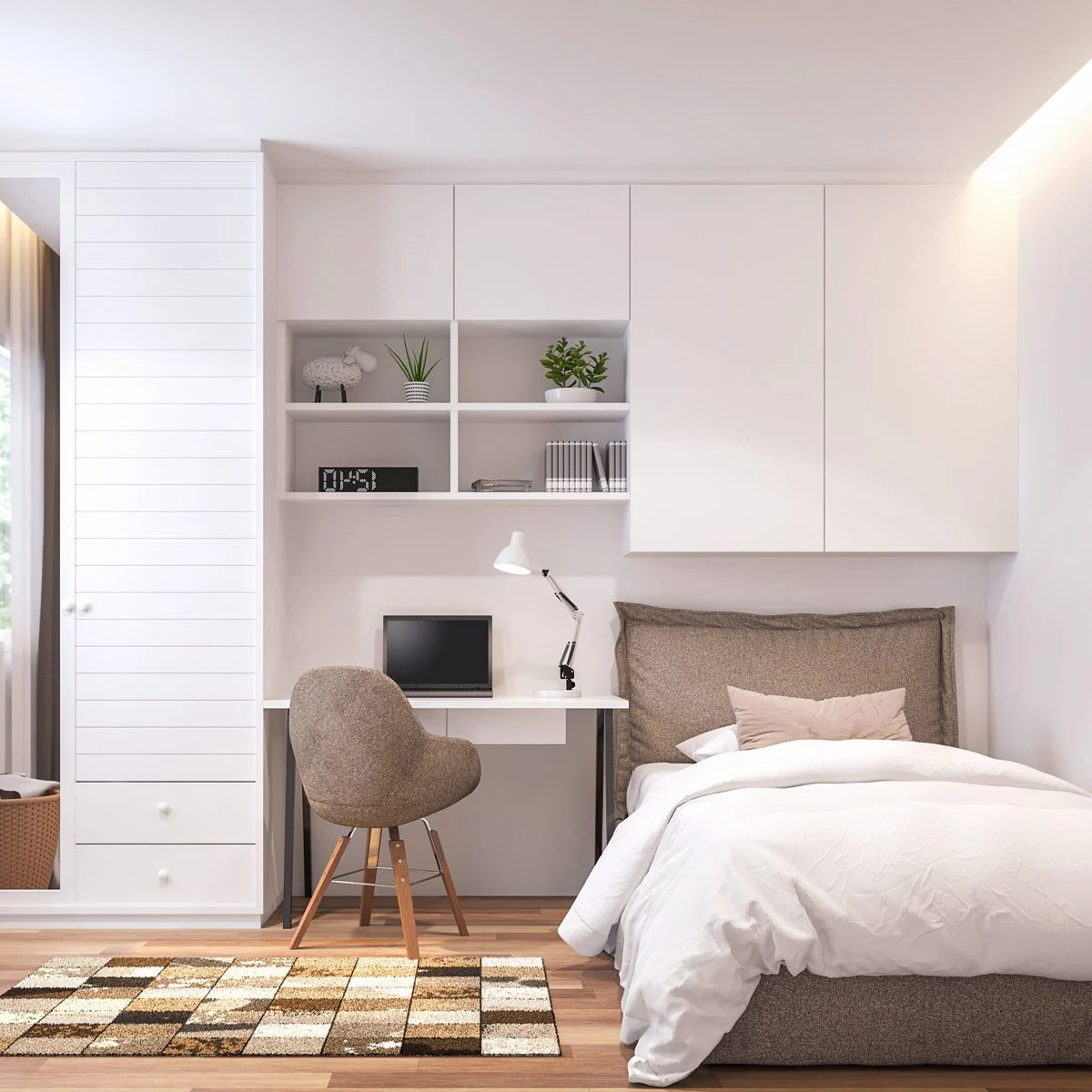

0 thoughts on “Small Bedroom Layout Rules: Steps To A Space That Works”